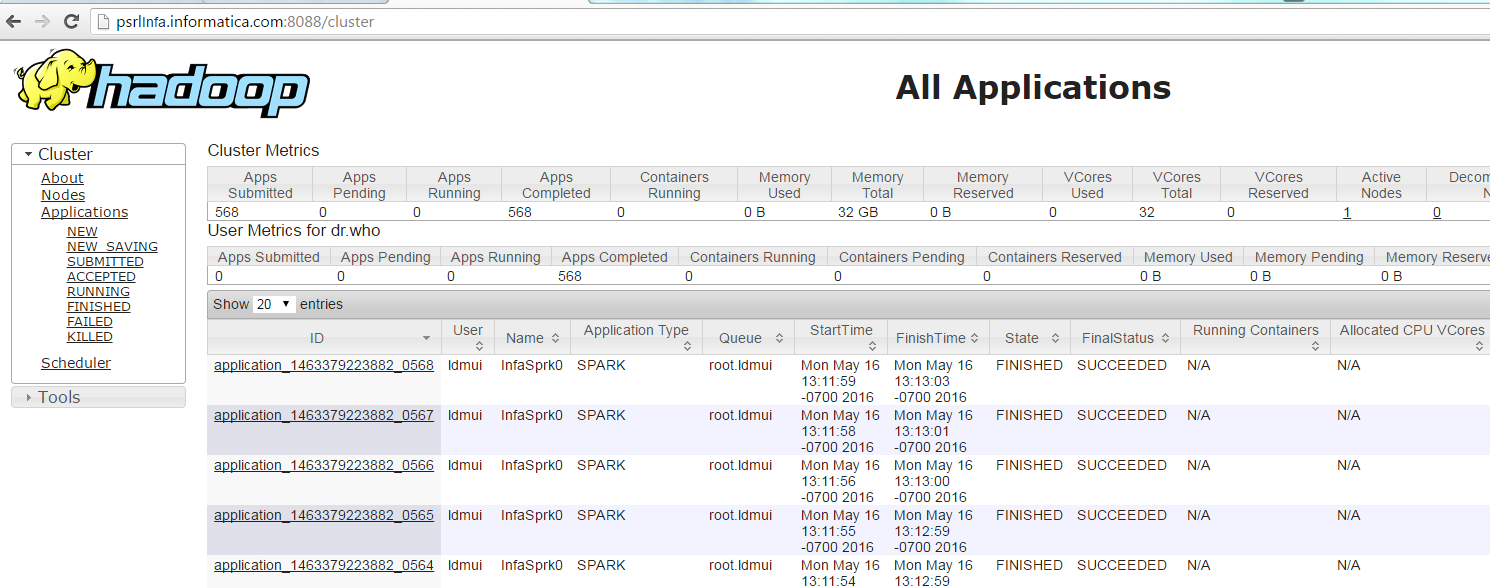Data Engineering Streaming
- Data Engineering Streaming 10.2.1
- All Products


Tracing Level
| Messages
|
|---|---|
None
| The log displays FATAL messages. FATAL messages include non-recoverable system failures that cause the service to shut down or become unavailable.
|
Terse
| The log displays FATAL and ERROR code messages. ERROR messages include connection failures, failures to save or retrieve metadata, service errors.
|
Normal
| The log displays FATAL, ERROR, and WARNING messages. WARNING errors include recoverable system failures or warnings.
|
Verbose initialization
| The log displays FATAL, ERROR, WARNING, and INFO messages. INFO messages include system and service change messages.
|
Verbose data
| The log displays FATAL, ERROR, WARNING, INFO, and DEBUG messages. DEBUG messages are user request logs.
|